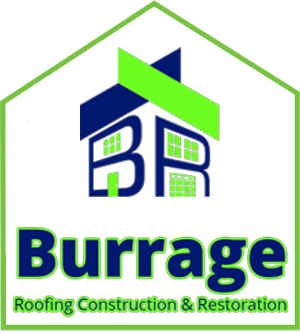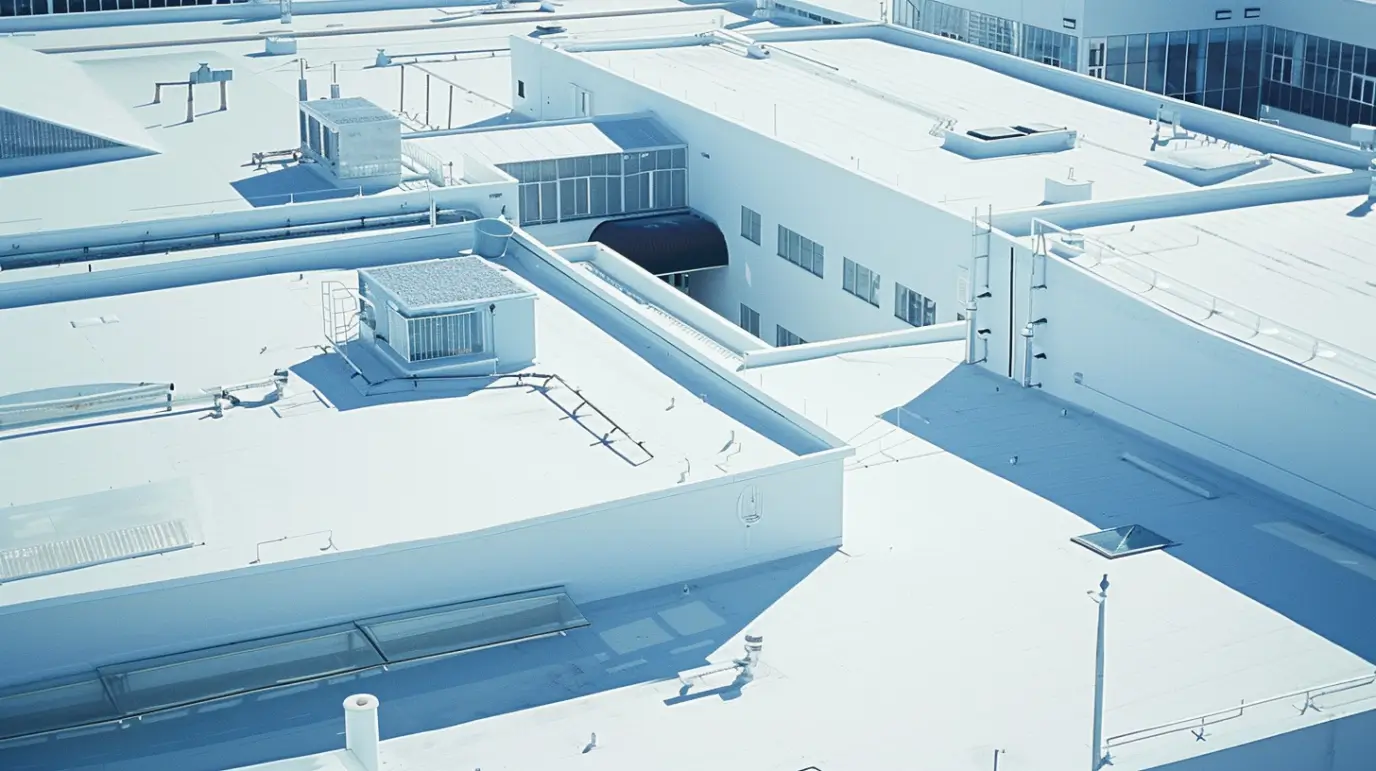Liquid roofing membranes offer an innovative alternative to traditional methods. At Burrage Roofing in Davenport, IA, we specialize in their application. Our expert team ensures strong adhesion with a seamless coating, reducing leak risks. Ideal for flat roofs, balconies, and green roofs, these membranes provide moisture protection while enhancing durability and elasticity. They also promote sustainability by minimizing waste. Understanding the benefits and drawbacks is crucial for making an informed decision. Our knowledgeable staff can guide you through properties, installation processes, and maintenance to find the best solution for your roofing needs.
Understanding Liquid Roofing Membranes
A liquid membrane waterproofing system uses synthetic materials for a seamless application, addressing weaknesses in traditional roofing methods. Typically made from high solids urethane or polyester resin, these membranes offer excellent adhesion and flexibility. Installation involves surface preparation to ensure strong bonding to substrates like flat roofs or balconies.
These systems are durable and resistant to moisture, UV radiation, and temperature fluctuations. Liquid waterproofing membranes are popular for residential and commercial projects due to their minimal installation disruption, full coverage, and long-lasting protection against water damage.
Contact Us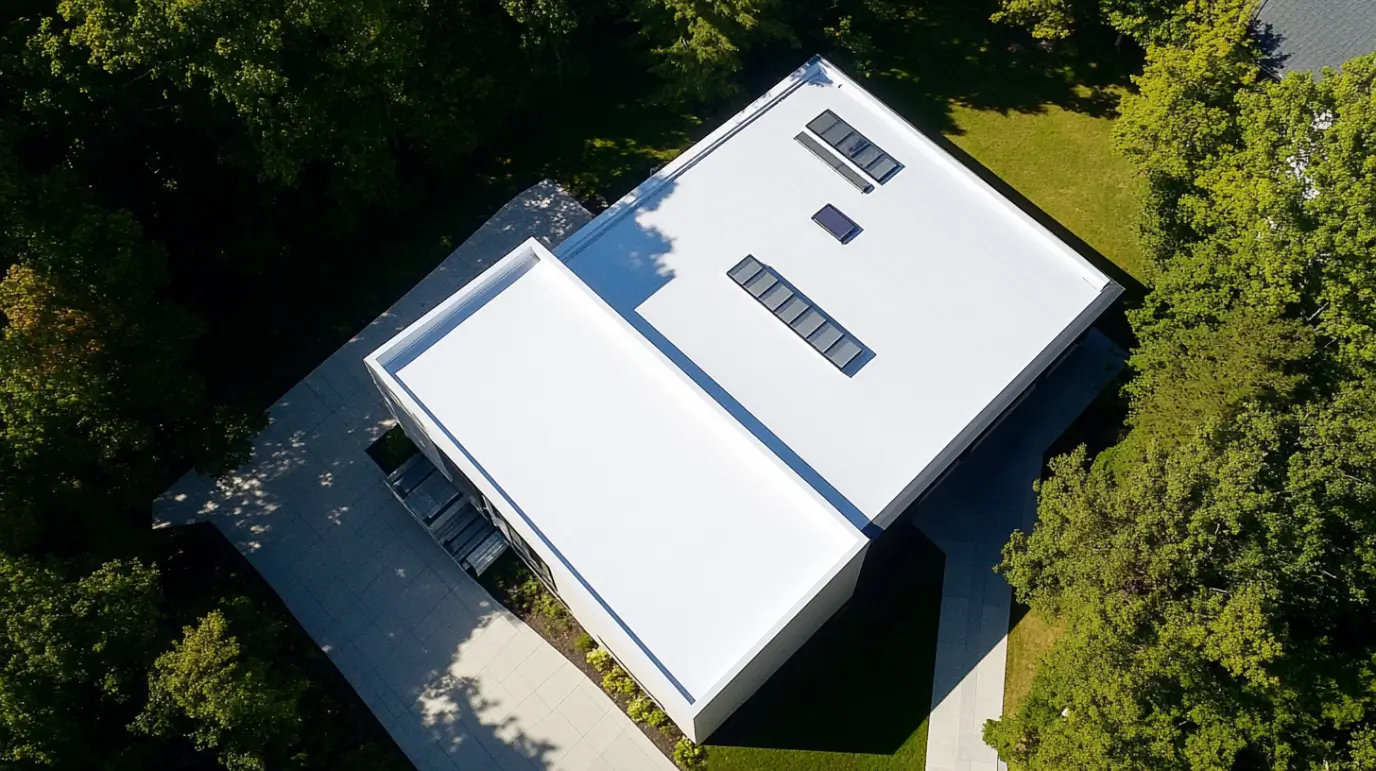
What Are Liquid Roofing Membranes Made Of?
Liquid roofing membranes are typically made from polymer-based materials, such as polyurethane or silicone. These components provide a seamless, waterproof barrier that can conform to various roof shapes, ensuring protection against leaks and environmental elements while enhancing the longevity of the roof system.
How Do Liquid Membranes Work on Different Roof Types?
Liquid membranes adhere directly to various roof types, creating a seamless waterproof layer. Their flexibility allows for expansion and contraction, accommodating different substrates like metal, concrete, or asphalt. This ensures effective protection against leaks and environmental stressors, enhancing overall roof longevity.
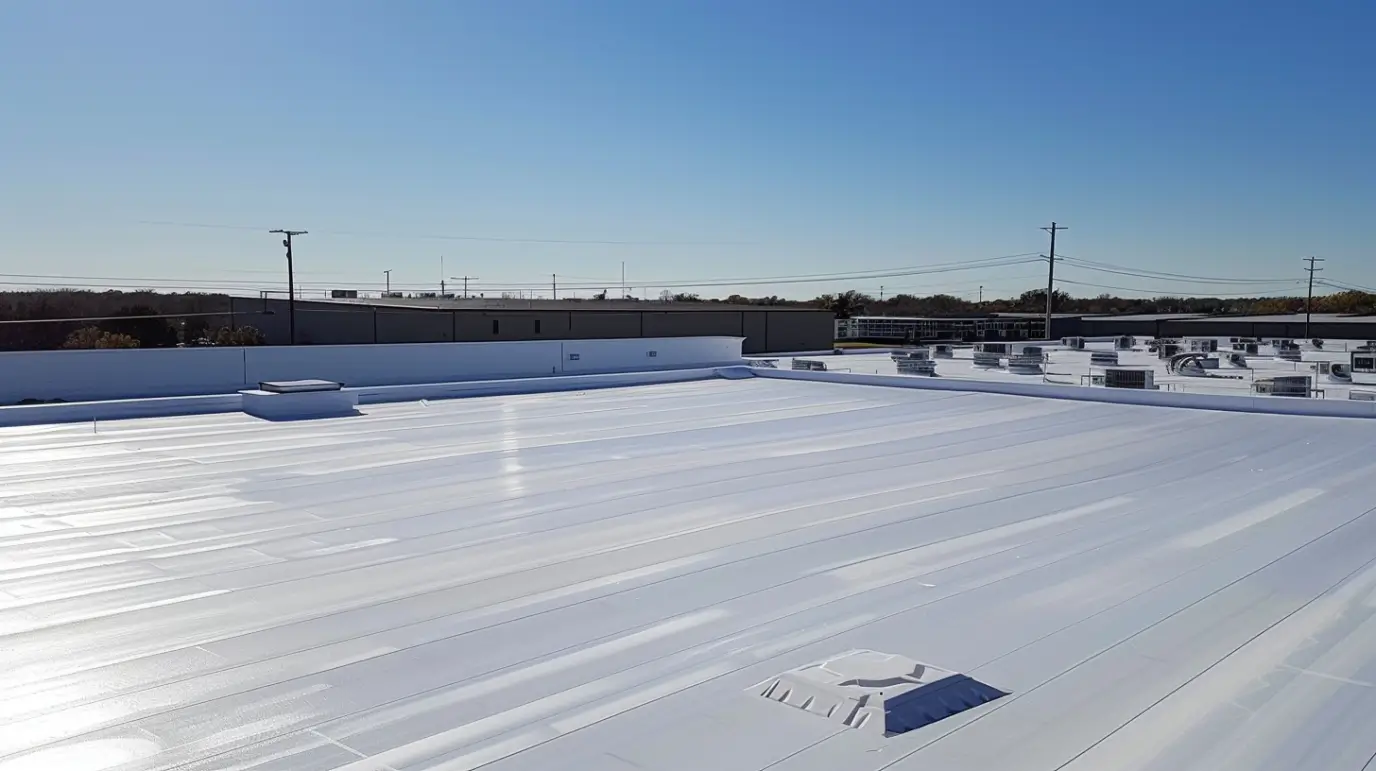
Key Advantages of Liquid Roofing Membranes
Liquid roofing membranes offer significant advantages for roofing systems. Their seamless application ensures full coverage, preventing leaks and enhancing adhesion to various substrates, which protects against water damage and extends roof lifespan. High elasticity allows them to endure thermal expansion and contraction, making them ideal for flat roofs and moving structures.
Additionally, installation is less disruptive compared to traditional methods. Cold-applied systems can be installed at lower temperatures, minimizing hot work hazards. This ease of use positions liquid roofing membranes as a popular choice for diverse applications, including green roofs and balconies, promoting sustainability without sacrificing durability.
Seamless Protection and Leak Prevention
Liquid roofing membranes offer seamless protection, creating a waterproof barrier that reduces leak risks. Their application ensures full coverage over complex details and various roof types, adhering well to concrete, metal, or existing materials. This eliminates vulnerabilities found in traditional methods with seams and joints prone to moisture entry.
With strong elasticity and durability, these membranes resist UV radiation and diverse weather conditions. Regular inspections and maintenance are crucial for maintaining integrity and extending lifespan. Ultimately, liquid waterproofing membranes provide an effective solution for preventing leaks and protecting structures from water damage.
Flexibility, Durability, and Weather Resistance
Liquid roofing membranes offer flexibility, durability, and weather resistance, making them ideal for various applications. Their high elasticity allows them to adapt to building movements, especially in temperature-variable environments. This adaptability is particularly beneficial for flat roofs and balconies where movement and moisture are more pronounced.
These membranes often use high solids urethane or polyester for exceptional adhesion to various substrates. Seamless application minimizes weak points, preventing leaks and extending the roofing system’s lifespan. With proper preparation and maintenance, they provide strong protection against UV radiation, water damage, and environmental stresses, solidifying their popularity in modern roofing solutions.
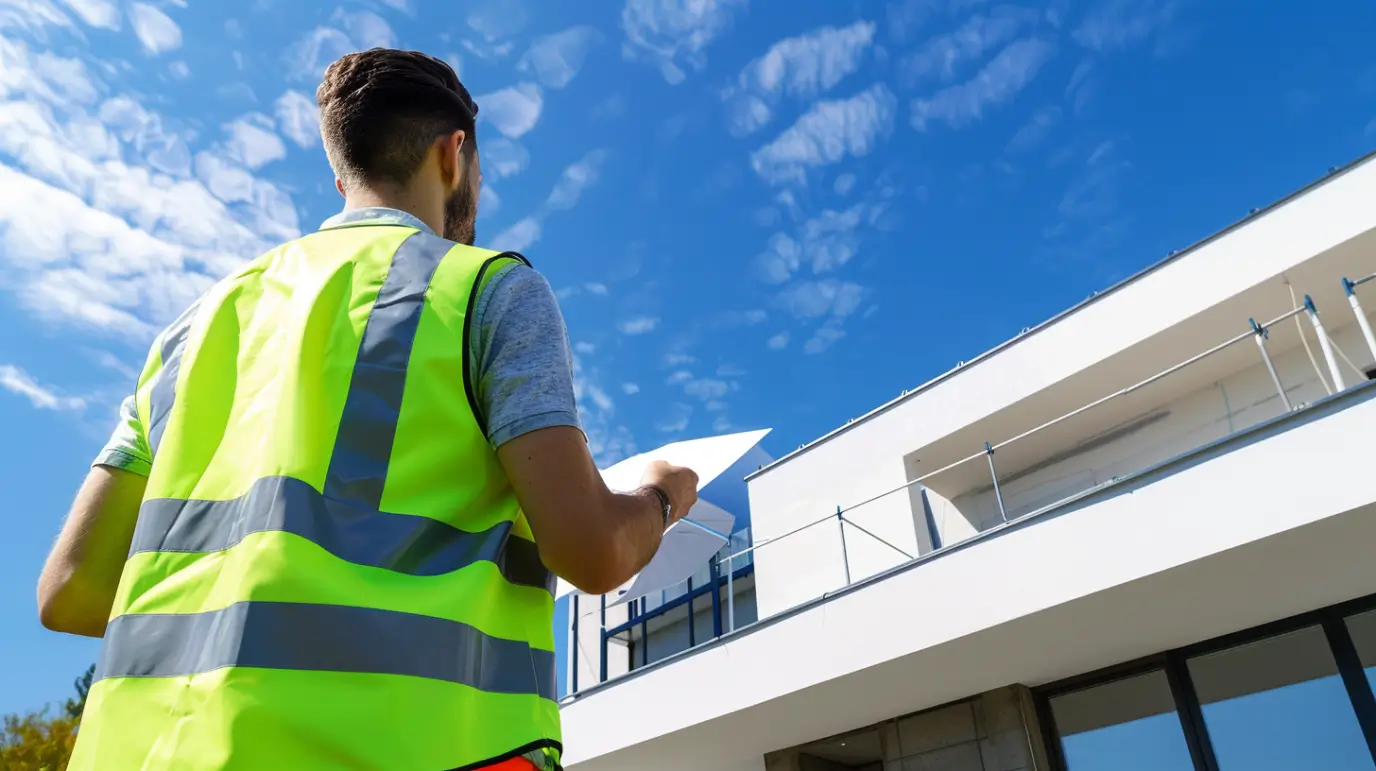
Drawbacks and Considerations of Liquid Roofing Membranes
Liquid roofing membranes offer seamless application but come with drawbacks. Their initial cost may deter property owners compared to traditional methods. Professional installation is crucial; improper techniques can cause weak adhesion or premature failure. Regular inspections are necessary, as unnoticed moisture can compromise the membrane’s integrity, especially around roof fixtures.
Maintenance can be challenging, as some systems require periodic reapplication of top coats for longevity. Additionally, volatile organic compounds (VOCs) during application may raise sustainability concerns. Weighing these factors is essential for making an informed decision that meets specific roofing needs and overall building functionality.
Potential Limitations and Common Issues
While liquid roofing membranes are popular, their effectiveness can be limited. Professional installation is often necessary for proper surface preparation and application, which increases initial costs. Poor application can lead to reduced adhesion and premature failures, especially in complex areas.
Weather conditions during application also pose challenges; rain or extreme temperatures can affect curing times and the waterproofing’s integrity. Regular inspections are vital, as even high-quality membranes can deteriorate over time due to UV exposure and moisture. Recognizing these limitations is essential for informed decision-making.
Installation Challenges and Maintenance Needs
Liquid roofing membranes face challenges that require professional expertise. Proper surface preparation—cleaning and priming—is crucial for long-term performance, as uneven or porous substrates can hinder adhesion and lead to leaks. Installation demands a seamless application, particularly around penetrations and edges.
Maintenance is equally important; regular inspections can catch wear, especially in areas exposed to UV radiation or moisture. Monitoring the membrane’s elasticity and signs of deterioration helps ensure durability. Despite these challenges, the benefits can outweigh them with proper care.
Trust the Experts
Burrage Roofing in Davenport, IA, highlights the pros and cons of liquid roofing membranes. Our seamless application provides excellent waterproofing and adhesion for flat and green roofs. With high elasticity and durability, they suit both new installations and retrofitting. However, consider installation challenges and maintenance; our experienced team is ready to assist. Our partnerships with trusted suppliers like SRS Supplier, ABC Supply, Richards Supply, Final Siding, and James Hardie enhance our offerings. We help clients assess initial costs and protection levels for informed decision-making.
Read our blog: Reflective Roof Coatings for Commercial Buildings
Frequently Asked Questions
How long does a liquid membrane roof typically last?
A liquid membrane roof typically lasts between 10 to 25 years, depending on factors such as material quality, installation, and maintenance. Regular inspections and timely repairs can significantly extend its lifespan, making it a reliable roofing option for various applications.
Can liquid membranes be applied over existing roofs?
Yes, liquid membranes can be applied over existing roofs, provided they are in good condition. This method saves time and costs associated with removing the old roofing material. However, proper surface preparation and compatibility checks are essential to ensure effective adhesion and performance.
